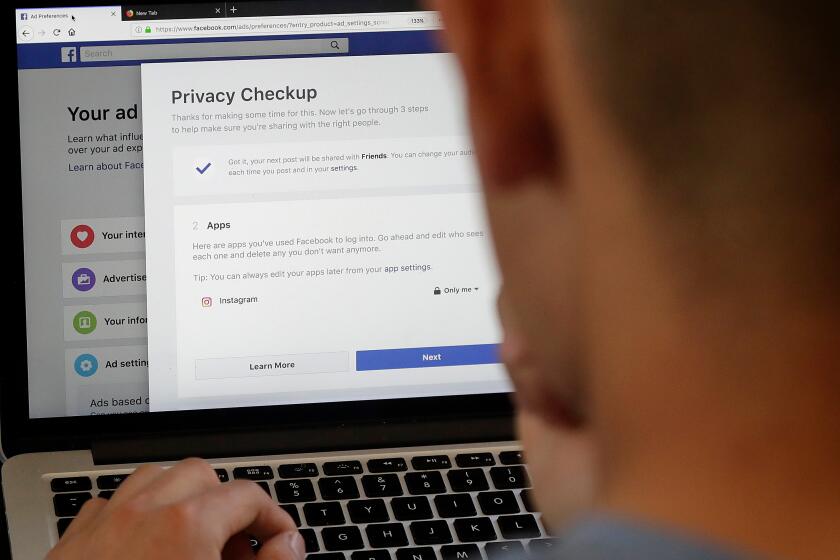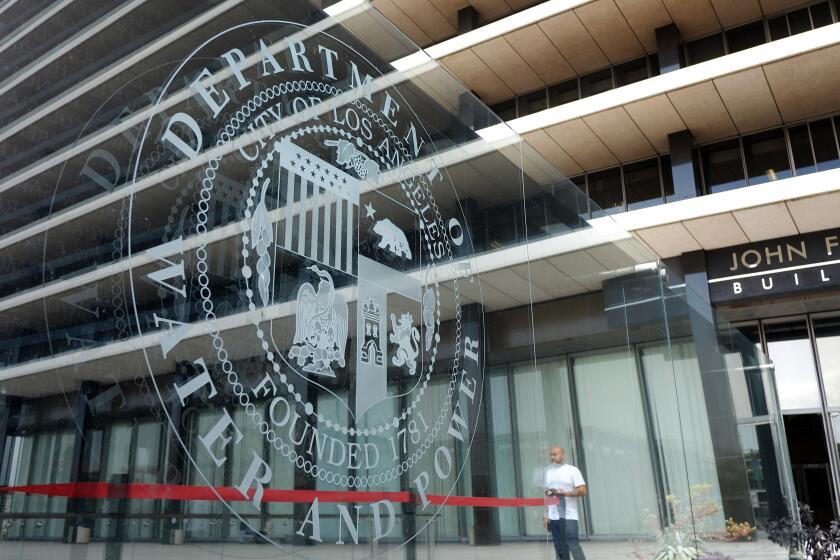Painkiller addiction: Is it really an epidemic?
Prescription painkillers are growing in popularity in new parts of the country, according to a new Associated Press analysis that has experts sounding alarms of a new addiction epidemic. “Pharmacies, hospitals and physicians dispensed the equivalent of 69 tons of pure oxycodone and 42 tons of pure hydrocodone in 2010,” according to the study. “That’s enough to give 40 5-mg Percocets and 24 5-mg Vicodins to every man, woman and child in the United States.” In some parts of the country, the report found that sales increased sixteenfold between 2000 and 2010. Meanwhile, the rise in popularity of prescription painkillers has coincided with overdose deaths and pharmacy robberies.
Anyone who watches A&E’s “Intervention” has seen how substance abusers work the system, going to several different doctors for a multitude of painkiller prescriptions to feed their addiction. (Meanwhile, allergy sufferers can’t getClaritin-D without swiping their ID.)
On The Fix, a news and lifestyle website that covers addiction and recovery, painkillers are high on the list of concerns. In reaction to a December report by the National Center for Health Statistics, which found that prescription pills are now a leading cause of accidental death in the U.S., trumping auto accidents, Kevin Gray warned of “the pharmaceuticalization of America,” urging effective policies to help control the problem at its roots: off-label marketing and overprescribing. “What’s at stake is nothing less than the nation’s expanding medicine cabinet doubling as its morgue,” he wrote.
But Radley Balko, an investigative reporter for the Huffington Post, thinks a chill pill is in order. In a (rather opinionated) three-part series covering the abuse of prescription painkillers, he presents reasons for skepticism. While he certainly doesn’t write off the painkiller problem as a non-issue, he cautions us to beware of flawed data. Here is one such example: “There’s also reason to suspect the raw overdose statistics in and of themselves. Dr. Steven Karch, who has written a widely used textbook on drug abuse and pathology, says because tolerance for opioids can vary so much from person to person, there’s no scientific way to definitively say that a death was caused by an opioid overdose. “There are plenty of people walking around with levels of opioids in their bodies that would be declared toxic if they were dead on a slab in a medical examiner’s office,” Karch says. “Toxicology is the least important part of making a diagnosis.” In other words, many of the deaths classified as overdoses in recent years may in fact have been caused by something else, but were called overdoses simply because the decedent had what appeared to be an abnormal amount of opioids in his system.”
Balko also points out promising stats: “Despite the scare stories about teenagers increasingly experimenting with prescription drugs to get high, according to the 2010 National Survey on Drug Use and Health, ‘non-medical use’ of prescription painkillers in the last year among people aged 12 to 25 has actually dropped since 2002.”
And on the issue of public policy, he argues: “That the government is using questionable overdose diagnoses in formulating public policy is bad enough, but it’s particularly troubling when you consider that some physicians have been charged with manslaughter, even murder, because prosecutors used the same indicators to argue that the painkiller prescriptions caused a patient’s overdose death.”
ALSO:
More to Read
A cure for the common opinion
Get thought-provoking perspectives with our weekly newsletter.
You may occasionally receive promotional content from the Los Angeles Times.






